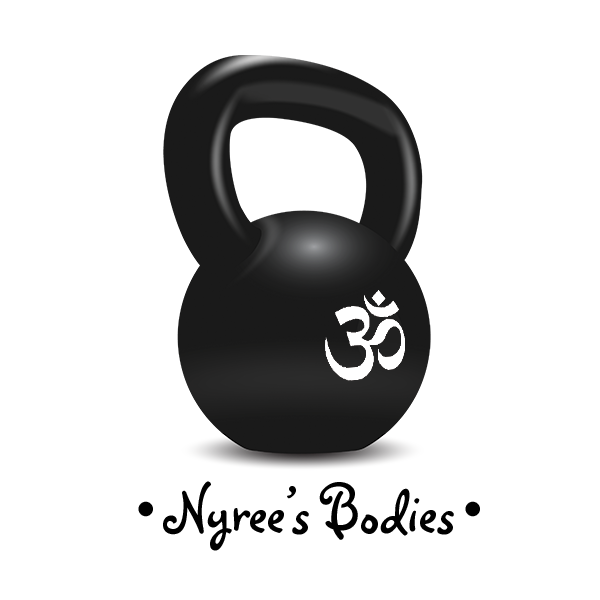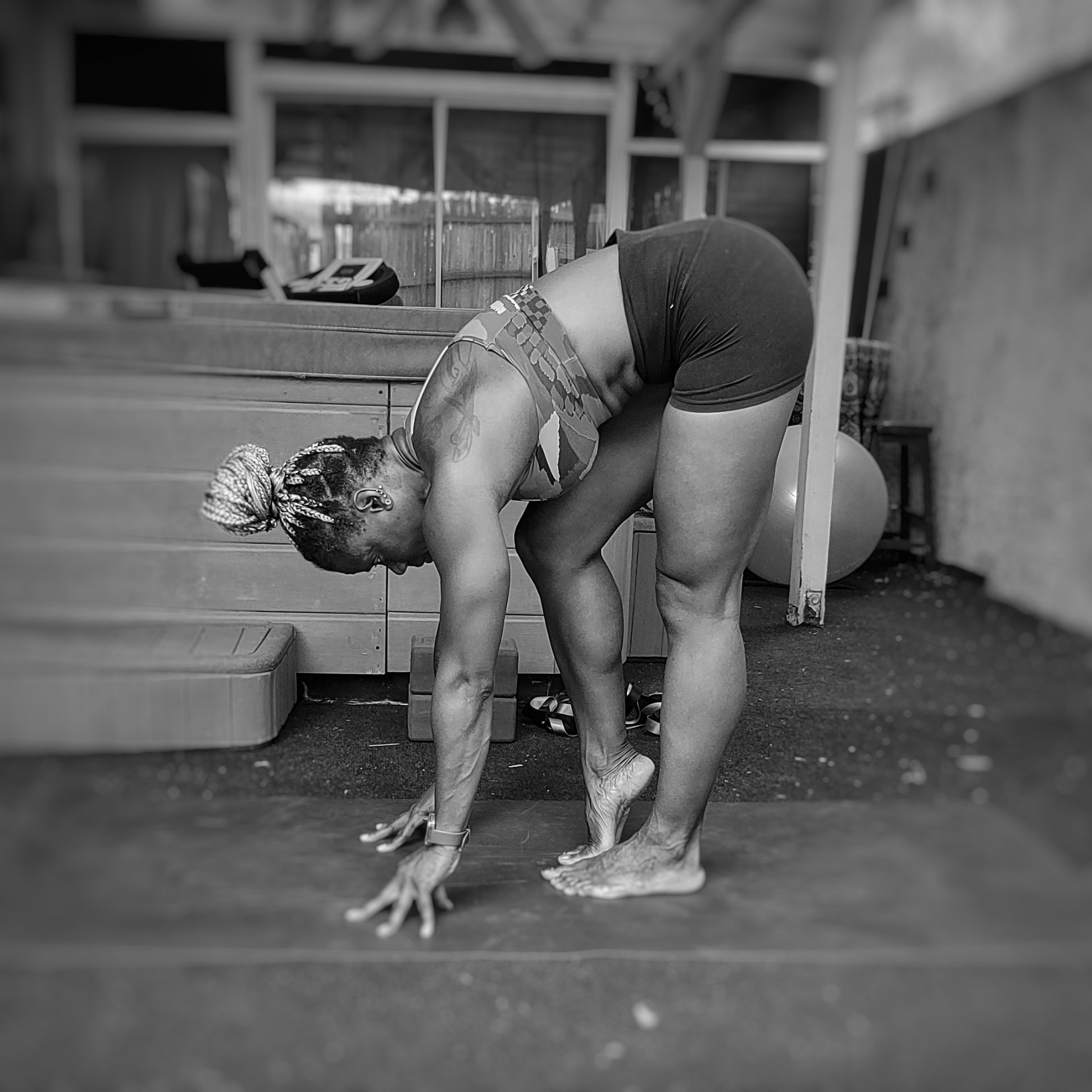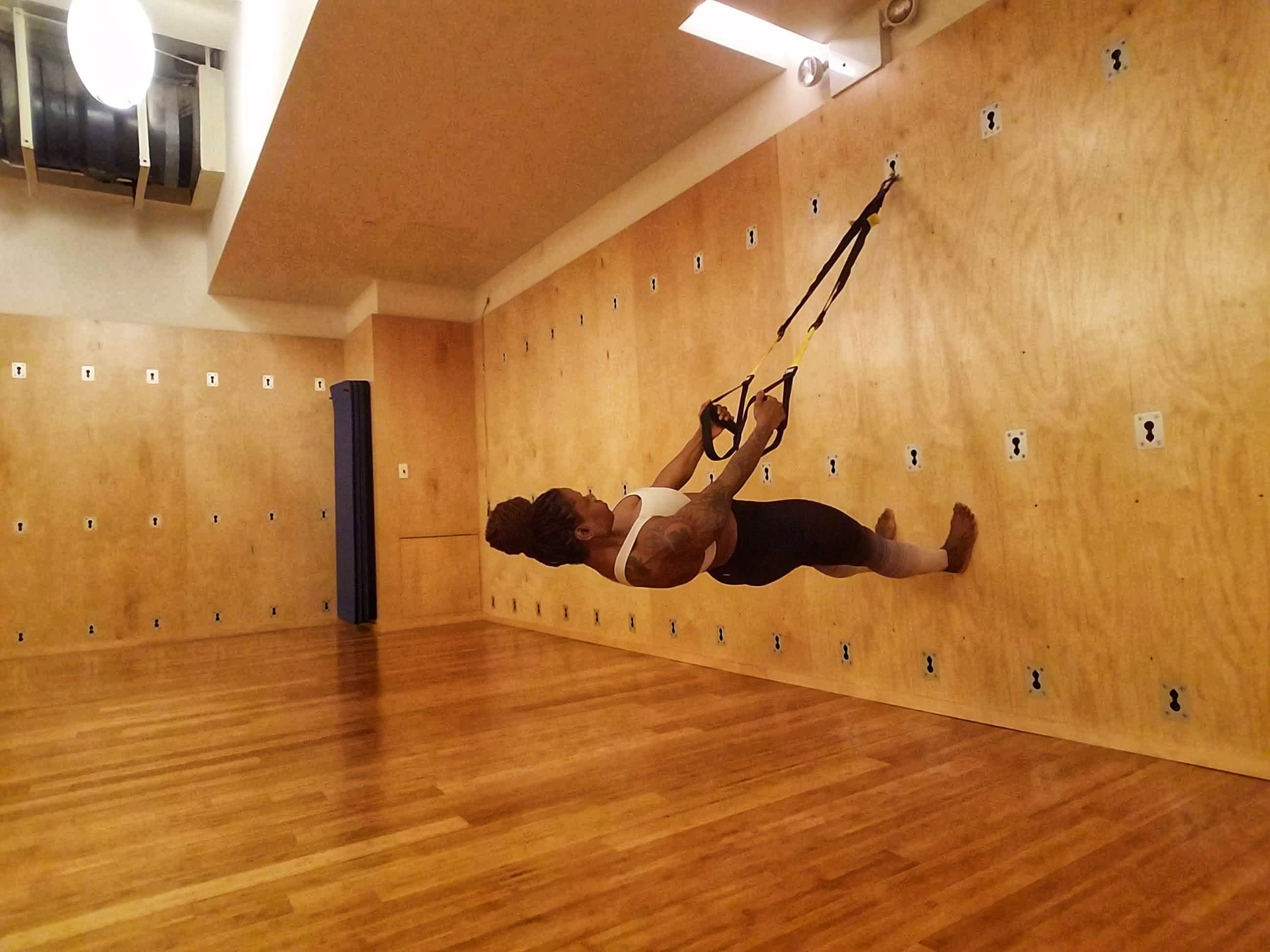Your Custom Text Here
Yoga for our feet: The preservation of foot mobility
Have you ever heard someone say “If your feet hurt, everything hurts.”? I know it can definitely feel that way. But somehow, we don’t often hear or read about maintaining foot mobility and flexibility until they begin to hurt regularly. After a day filled with unplanned walking and not wearing appropriate footwear or training in shoes that were too narrow, wide or didn’t offer the right amount of support, the day ends with some sort of limping home, kicking off those shoes and possibly a foot soak. Just like muscle soreness that occurs a day or two after an unusually intense workout, feet can experience the same sensation. And just like muscle and joint tightness that occurs in the body after that intense workout where we will perform mobility exercises to warm up before the next workout, the same should be said for training our feet. But how many of us actually perform mobility exercises specifically for the feet? I can bet very few do.
Anterior Foot Stretches
1. Sitting on heels with toes pointed. If this is too much on the knees, place a blanket or other cushioning between the knees and seat.
2. Lift knees from the floor, with hands on the floor for support or arms extended forward to add more core involvement. Hold for a few seconds, lower and repeat 3-4 times.
3. With hands on the floor, engage the core, press away from the floor and lift hips with weight resting on the tops of the feet. This is an advanced move. Hold for a few seconds, lower slowly and repeat 3-4 times.
Without being too anatomy heavy, the feet are a complicated interwoven structuring of bones, joints, ligaments, muscles, tendons and fascia designed to create what I like to call “active stability” at our foundation. The structure of our feet allow for movement in all directions, create cushioning for impact and stability for balance among other things. Humans are bipeds (ambulatory on two legs) and though having strong legs is helpful in locomotion, if the feet cannot create a stable base or move freely, any locomotion where the feet are involved will be impaired. Because of the complicated structure of the feet, creating and maintaining its mobility is possibly more of an intricate task. Here, I only address a few stretches that cover the anterior (top or front of foot) and the anterior (bottom or back of foot), in areas of the feet that feel particularly tight in the mornings when getting out of bed, when walking or running or hurt after wearing high heels or narrow foot wear.
Posterior Foot Stretches
1. With toes tucked under, sit on heels. This is an intense stretch for the underside/bottom of the foot. Sit upright with shoulders over the hips. Hold for a few seconds and breath, shift forward and repeat, holding for a longer duration each time. Repeat 3-4 times.
2. With toes tucked under, shift back and lift the knees. Hands can stay on the floor for support or arms up to engage the core to balance. The top of the thigh is parallel to the floor. Repeat 3-4 times holding for a longer duration each time.
3. Folding forward (hands on blocks if hands do not touch the floor), with one leg straight, bend the other knee and role up the the ball of the foot, placing weight on the ball, care full to not roll out to the toe side of the foot. Hold for a few seconds. Switch to the other foot. Repeat 3-4 times each foot, holding for a longer duration each time.
As our bodies age, starting at around middle age (45+ depending on how active you are), mobility begins to reduce making the addition of mobility exercises for all areas of our bodies necessary, not just the usual places such as hamstrings and lower back. Lack of mobility in our feet can change our gait (how we walk) and our stride length (less efficient ambulation). It can also lead to foot pain as well as other parts of the body due to the need to compensate for or adjust other areas from the reduced freedom of movement in the feet. As our literal foundation, performing yoga for our feet is a way to ad longevity and preserve our ability to maintain physically activity and ensure a healthy quality of life .
The Practicality of Grip Strength Training
There is a correlation between life expectancy and grip strength. According to the International Working Group on Sarcopenia (the degenerative loss of skeletal muscle mass & strength associated with aging), grip strength is an indicator of overall muscle strength and function and is "strongly associated with preserved mobility, higher activities of daily living and decreased disability.” Any training program worth its weight in kettlebells should incorporate this type of exercise such as the farmers walk, step ups holding dumbbells, hanging crunches or assisted pull ups.
Grip strengthening exercises have significant practical, real world applications. For example, carrying those heavy ass Trader Joe's paper bags with the wide handles up the stairs of the subway while knocking people out the way. How about being able to hold tight to that corkscrew while you desperately open that much needed and anticipated after work bottle of wine (You know what I'm talking about!).
Reverse Plank Hold
Here I demonstrate a TRX reverse plank hold which can also be done with rings. Holding the handles while sitting on the floor with straight legs, place the feet at the baseboard ( the advanced version with feet on wall is what I’m demonstrating), engage all the muscles of the legs and lift the hips off the floor until the body is level in a plank. This isometric hold builds strength in the muscles of the hands and forearms as well as the muscles of the back body, the SITS muscles in the shoulder joint, the biceps & triceps.
I regularly incorporate this hold in my TRX classes at @yogaworks_nyc, holding for at least 30 seconds. Once the fear subsided, the grips developed where 30 seconds feels short!.
Check under Classes for TRX class schedule.





